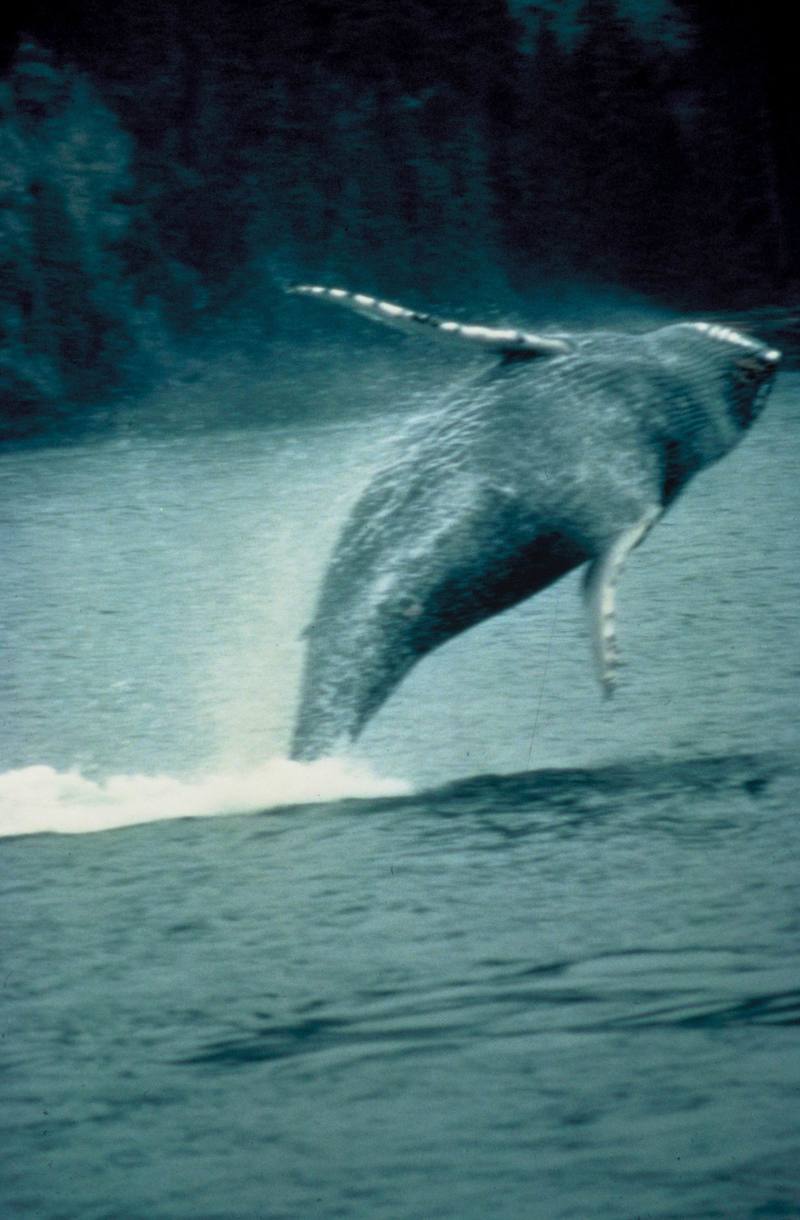|
| 질의: Mammal | 결과: 1957번째/3457 | |
Humpback Whale breaching (Megaptera novaeangliae) (혹등고래)
| 제목: | Humpback Whale breaching (Megaptera novaeangliae) (혹등고래)
| | 올린이: | Phoby (phoby@hanafos.com)
| |

| 해상도: 1800x2744
파일크기: 566710 Bytes
촬영일: 2004:11:24 13:23:34
등록시간: 2004:11:24 13:15:52
|
From the U.S. Fish and Wildlife Service's online digital media library.
Check http://images.fws.gov/ for higher quality version.
Metadata
Title: Humpback whale
Alternative Title: (none)
Creator: Hunter, Robin
Source: WO3548-highlights
Publisher: U.S. Fish and Wildlife Service
Contributor: DIVISION OF PUBLIC AFFAIRS
Language: EN - ENGLISH
Rights: (public domain)
Audience: (general)
Subject: marine mammal, endangered
Date Issued: January 08 2002
The humpback whale (Megaptera novaeangliae) is a species of baleen whale. The humpback has a distinctive body shape, with long pectoral fins and a knobbly head. Found in oceans and seas around the world, humpback whales typically migrate up to 25,000 km each year. |
^o^
동물그림창고 똑똑전화 누리집
^o^
|
|